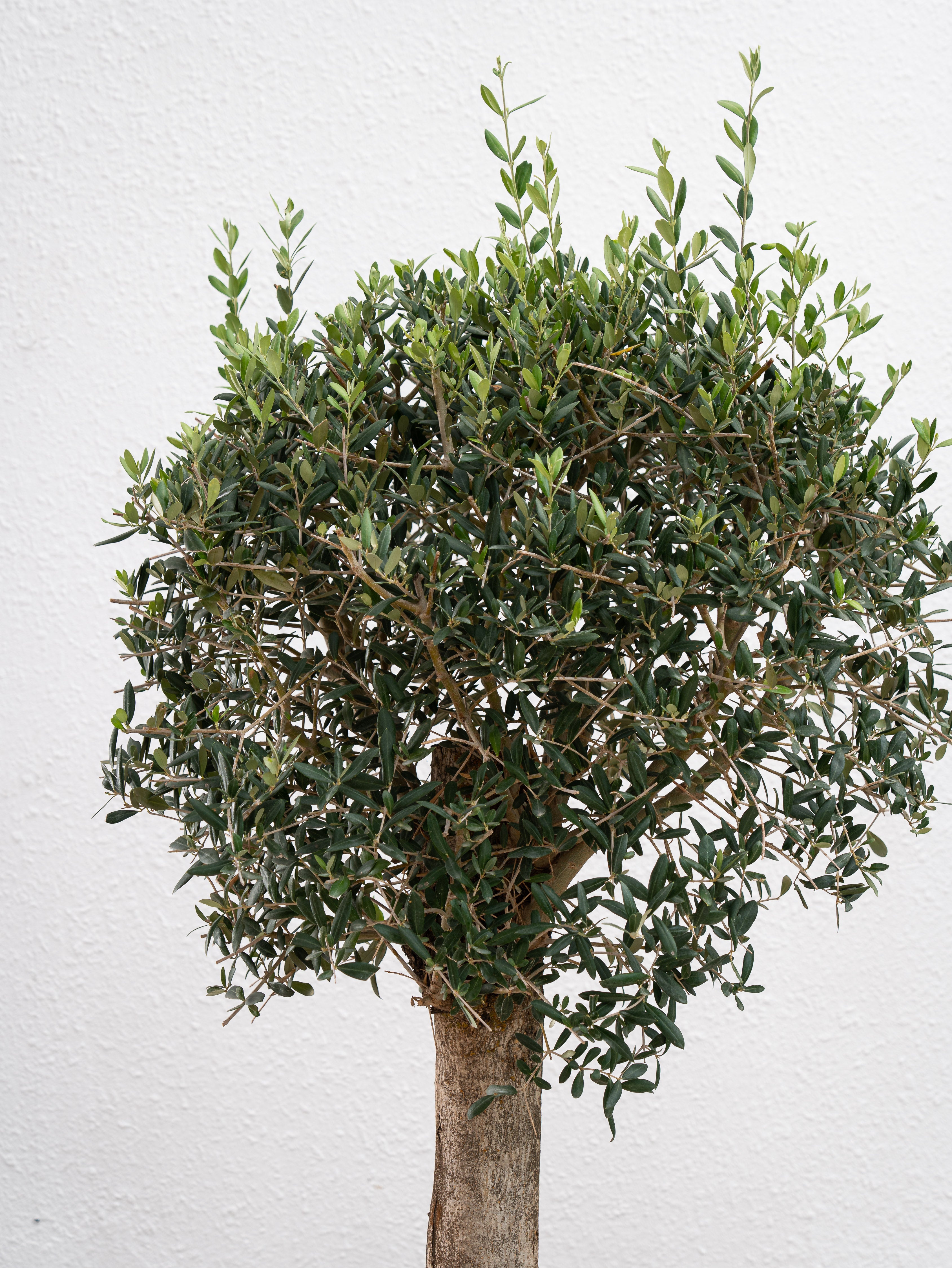Peace lilies (Spathiphyllum) are cherished for their elegant white blooms, vibrant green leaves, and low-maintenance nature. However, like most houseplants, they require some seasonal adjustments to their care routine to thrive throughout the year. The differences between summer and winter, such as temperature, humidity, and light levels, can significantly affect your peace lily’s health and growth.
In this article, we’ll explore seasonal care tips to ensure your peace lily stays healthy and beautiful in both summer and winter.
Understanding Peace Lily’s Needs

Before diving into seasonal tips, it’s essential to understand the basic requirements of peace lilies:
- Light: They thrive in bright, indirect light but can tolerate low-light conditions.
- Watering: Peace lilies prefer consistently moist soil but dislike being waterlogged.
- Temperature: They do well in temperatures between 60°F and 85°F (16°C to 29°C).
- Humidity: These tropical plants love high humidity and thrive in environments with 50-60% humidity.
Now, let’s see how these needs change with the seasons.
Also Read- Why Peace Lilies Are A Must Have Plant For 2025
Caring for Peace Lilies in Summer

1. Monitor Light Exposure
During summer, sunlight is stronger and lasts longer, which can be beneficial but also harmful if the plant is exposed to direct sunlight.
- Tip: Place your peace lily in a spot with bright, indirect light. Avoid direct sunlight, as it can scorch the leaves, causing yellowing or browning.
- Solution for Strong Sunlight: Use sheer curtains to diffuse sunlight if the plant is near a south- or west-facing window.
2. Increase Watering Frequency
The warm weather causes faster evaporation, meaning your peace lily will need more water to stay hydrated.
- Tip: Check the soil regularly and water as soon as the top inch feels dry. Avoid letting the soil dry out completely.
- Pro Tip: Use room-temperature water to avoid shocking the roots.
3. Boost Humidity Levels
High temperatures in summer can dry out the air, and peace lilies thrive in humid conditions.
- Tip: Mist the leaves daily or place a tray of water with pebbles beneath the plant to increase humidity.
- Alternative: Consider using a humidifier if the air is particularly dry.
4. Fertilize for Growth
Summer is the growing season for peace lilies, so they’ll benefit from a nutrient boost.
- Tip: Use a balanced liquid fertilizer diluted to half strength once a month. Over-fertilizing can harm the roots, so be cautious.
5. Inspect for Pests
The warm summer months can attract pests like spider mites, aphids, and mealybugs.
- Tip: Check the leaves and stems regularly for signs of pests. Wipe the leaves with a damp cloth and use neem oil or insecticidal soap for infestations.
Also Read- Peace Lilies And Indoor Air Quality: How They Clean Your Home’s Air
Caring for Peace Lilies in Winter

1. Adjust Light Placement
Shorter days and reduced sunlight during winter can slow down your peace lily’s growth.
- Tip: Move the plant closer to a bright window, preferably one facing east or north. Ensure it still receives indirect light to prevent leaf burn.
- Solution for Low Light: Use grow lights if natural light is insufficient.
2. Reduce Watering Frequency
In winter, peace lilies enter a period of dormancy and require less water.
- Tip: Water only when the top two inches of soil feel dry. Overwatering during this time can lead to root rot.
- Warning Sign: Yellowing leaves are often a sign of overwatering during winter.
3. Maintain Indoor Temperature
Peace lilies are sensitive to cold drafts and sudden temperature changes, which are common in winter.
- Tip: Keep your plant in a warm room away from drafty windows, doors, or heating vents. Aim for a consistent temperature of 65°F to 75°F (18°C to 24°C).
4. Focus on Humidity
Indoor heating systems can significantly reduce humidity levels, which may cause the leaf tips to brown.
- Tip: Use a humidifier to maintain ideal humidity levels, or mist the leaves occasionally. Grouping plants together can also help create a more humid microenvironment.
5. Skip Fertilization
Since peace lilies are dormant in winter, they don’t require fertilizers.
- Tip: Wait until spring to resume feeding, as over-fertilizing during dormancy can damage the plant.
6. Prune and Clean
Winter is a good time to prune dead or yellowing leaves to redirect energy to healthy growth.
- Tip: Wipe the leaves with a damp cloth to remove dust, which can block light absorption and reduce photosynthesis.
Also Read- Creative Ways To Decorate With Peace Lilies: From Centerpieces To Living Walls
General Year-Round Tips
- Repot as Needed: If your peace lily becomes root-bound, repot it in spring or early summer when it’s actively growing.
- Monitor Soil Quality: Ensure the soil remains well-draining and nutrient-rich.
- Rotate Your Plant: Rotate the pot every few weeks to encourage even growth and prevent leaning toward the light source.
Conclusion
Caring for a peace lily involves adapting to its needs as the seasons change. In summer, focus on providing adequate water, humidity, and protection from direct sunlight. In winter, reduce watering, maintain warmth, and ensure sufficient light. By adjusting your care routine to the season, you’ll ensure your peace lily remains healthy, vibrant, and blooming year-round.
With these seasonal care tips, your peace lily will continue to enhance your home with its beauty and air-purifying properties, no matter the time of year!













Leave a comment
This site is protected by hCaptcha and the hCaptcha Privacy Policy and Terms of Service apply.